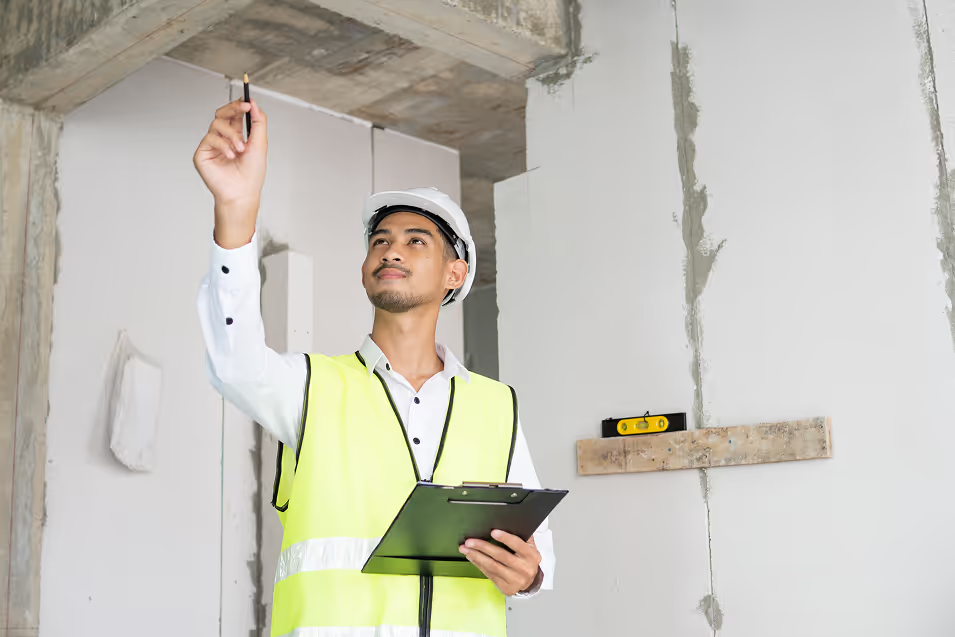
Should You Repair or Replace After Storm Damage? How to Make the Right Call
After a major storm, many homeowners face a tough decision—should you repair the damage, or is full replacement the smarter move? The answer isn’t always obvious. While repairs may seem faster and cheaper, deeper structural or material damage might make replacement the only safe and long-term solution. Here’s how to evaluate your situation and make the right call.
1. Assess the Severity of the Damage
Start by identifying how extensive the storm damage is. Minor cosmetic issues like missing shingles or small leaks might be repairable. But if the structure is compromised, or water has saturated walls, insulation, or flooring, replacement may be necessary.
Repair-worthy Damage:
- A few missing or curled shingles
- Light gutter or siding damage
- Isolated interior water spots
- Localized wind or hail impact
Replacement-worthy Damage:
- Widespread roof damage
- Structural instability
- Severe water intrusion or flooding
- Multiple damaged systems (roof + windows + walls)
2. Consider the Age and Condition of Existing Materials
If your roof, siding, or flooring was already aging or showing signs of wear before the storm, repairs may only delay the inevitable. Replacing now—especially with insurance support—could give you peace of mind and longer-term protection.
3. Get a Professional Inspection
A licensed contractor or restoration specialist can identify hidden issues that aren’t visible to the untrained eye—like moisture behind walls, attic mold, or weakened support beams. Their report will help determine whether repairs are safe or if full replacement is needed to prevent future problems.
4. Talk to Your Insurance Provider
Most policies cover storm-related damage, but the scope of coverage can affect your decision. If the cost of repairs approaches the deductible or the insurance payout covers full replacement, it may make more sense to upgrade or rebuild.
Ask your insurer:
- What’s covered under replacement vs. repair?
- Are code upgrades included?
- Will partial repairs affect future claims?
5. Think Long-Term, Not Just Short-Term Cost
Repairs are cheaper up front—but they may not address underlying damage. A full replacement offers:
- Better resale value
- New warranties
- Compliance with updated building codes
- Reduced risk of future issues
If your home’s envelope (roof, siding, windows) is compromised, replacement may also improve energy efficiency and weather resistance.
In Summary
Every storm damage situation is different—but the best decision is always an informed one. Don’t rush into repairs without understanding the full scope of damage. Bring in professionals, weigh your insurance options, and consider your long-term goals. Sometimes a quick fix works—but sometimes a full rebuild is the investment that truly protects your home and family.


.avif)
